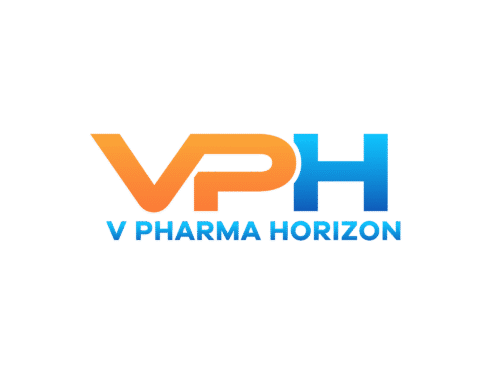The FDA’s Fast Track and Breakthrough Therapy Designations: Are They Working?
In an era of accelerated innovation and urgent unmet medical needs, the U.S. Food and Drug Administration (FDA) has introduced several expedited approval pathways to streamline drug development. Among these, the Fast Track and Breakthrough

In an era of accelerated innovation and urgent unmet medical needs, the U.S. Food and Drug Administration (FDA) has introduced several expedited approval pathways to streamline drug development. Among these, the Fast Track and Breakthrough Therapy designations stand out as crucial mechanisms aimed at bringing promising therapies to patients more quickly. But more than a decade after their widespread implementation, an important question lingers: Are these programs truly delivering on their promise, or have they become a fast lane for pharma profits with mixed clinical outcomes?
Understanding the Designations
The Fast Track designation, introduced in 1997, is granted to drugs that treat serious conditions and address unmet medical needs. It allows for more frequent communication with the FDA, rolling review of submissions, and potential priority review.
Breakthrough Therapy, established under the 2012 FDA Safety and Innovation Act (FDASIA), takes things further. It is intended for drugs that show preliminary clinical evidence of substantial improvement over existing therapies. These drugs get intensive guidance from the FDA and a “hands-on” approach to development.
On paper, both are strategic solutions to a historically slow and costly drug approval process. But their increasing use is raising questions.
A Surge in Approvals
Over the past decade, the number of drugs receiving these designations has exploded. From just a few in the early years, the FDA now grants dozens of such designations annually. In 2023 alone, more than 150 drugs received Fast Track or Breakthrough status.
Supporters argue this reflects medical progress. Diseases once thought untreatable—such as certain cancers, rare genetic disorders, and resistant infections—are seeing novel therapies reach the market in record time. Treatments like Kymriah (CAR-T therapy) and Keytruda (immunotherapy) owe part of their rapid path to approval to these designations.
Benefits to Patients and Industry
For patients, especially those with life-threatening diseases and few options, these programs are lifelines. Time saved in clinical development can translate directly into lives saved.
Pharmaceutical companies benefit too. These designations improve regulatory clarity, reduce trial costs, attract investors, and shorten time to market—boosting revenue potential. Some estimates suggest that a breakthrough designation can increase a drug’s market valuation by up to 20%.
The Criticism: Speed vs. Evidence
However, the rush to approve drugs comes with trade-offs. Critics argue that the programs may prioritize speed over robust evidence. Drugs may be approved based on surrogate endpoints or early-phase data that do not always translate into long-term benefits.
A 2022 study in Health Affairs found that many breakthrough-designated drugs were later associated with uncertain or modest benefits in real-world settings. Post-market studies, which are supposed to confirm effectiveness, are often delayed or yield inconclusive results. This raises concerns about patient safety and the integrity of evidence-based medicine.
Are We Measuring the Right Outcomes?
Another layer of complexity is how “benefit” is defined. While survival and cure rates are ideal endpoints, many Fast Track and Breakthrough approvals hinge on biomarkers or progression-free survival. This may accelerate timelines but sometimes leaves clinicians and patients wondering whether a drug’s benefit is meaningful in day-to-day life.
Furthermore, the designations can create a perception of superiority. Physicians may interpret “Breakthrough” as a guarantee of clinical revolution, influencing prescribing behavior even before full data is available.
The Road Ahead: Reform or Reinforcement?
The FDA has taken steps to reinforce post-market surveillance and ensure that confirmatory trials are completed. But systemic change may be needed. Some experts propose:
- Tighter criteria for granting designations
- Stronger enforcement of post-approval study timelines
- More transparency in the evaluation of real-world efficacy
- Reassessment of how benefits are communicated to the public
In parallel, efforts should continue to empower patient advocacy groups and clinicians to scrutinize the balance between speed and safety.
Conclusion: Promising but Imperfect
The FDA’s Fast Track and Breakthrough Therapy designations have undeniably improved access to potentially life-saving drugs, especially in areas of dire medical need. But with their growing use comes the responsibility to ensure these pathways are not shortcuts to market, but structured bridges to transformative care.
Are they working? Yes—but not without risk. The challenge now lies in refining these programs to uphold scientific rigor without stifling the urgency that patients demand and deserve.






